Overview:
Electrical terminals are key components for connecting circuits within electrical systems, enabling the transfer of power from a source to a device or application. In complex wiring setups, terminals are often organized into terminal blocks, which secure multiple wires in an insulated housing.
Terminals are typically attached to wires using crimping, where the terminal is compressed onto the wire with a crimping tool, ensuring a secure connection. Crimped terminals, or compression terminals, form reliable connections with other system components like pins or posts.Unlike splice connectors, which involve multiple conductors and lack a mechanical connection, terminals use a single conductor and provide a strong, secure attachment.We also offer custom terminal solutions tailored to your specific requirements, ensuring high-quality, precise connections for any application.
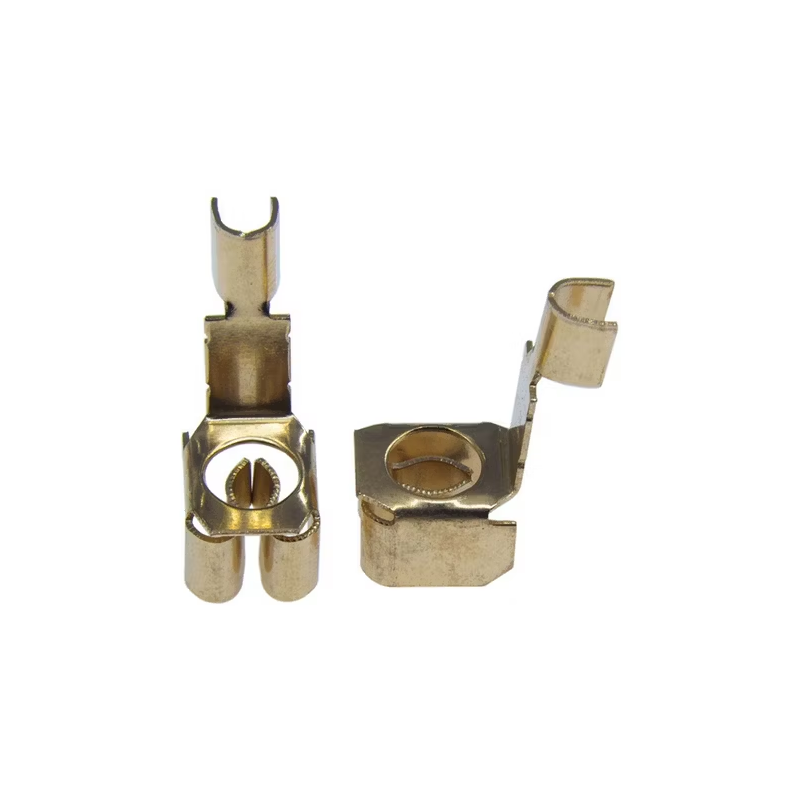
Details:
| Category | Details |
| Material | Copper, Stainless Steel, Aluminum, etc. |
| Process | Forming Process |
| Industry Application | Metal Stamping Parts |
| Tolerances | ±0.01mm |
| Customization | Available |
| Environmental Certification | ISO9001 Certified, Environmentally Friendly Enterprise |
| Production Cycles | 7 to 15 Days per Order |
| Years of Experience | Over 20 Years (Founded in 1998) |
| R&D Capacity | Yes, with a Professional Engineering Team |
| Testing Capabilities | Horizontal & Vertical Flame Test, Salt Spray Test |
| Mould Lead Time | Within 20 Working Days |
| Additional Services | Auto Assembly |
| Product Specifications | Customized to Client Requirements |
| Origin | Xiamen, China |
| Production Capacity | 5,000 Pieces per Day per Machine |
Production Process:
-
Material Selection and Preparation
The process begins with selecting the appropriate metal material, typically copper, brass, or stainless steel, depending on the electrical and mechanical properties required. The material is then prepared by cleaning and cutting it into the desired sheet size for stamping.
-
Die Design and Tooling
Custom dies are designed based on the terminal’s specifications. These dies are typically made from hardened steel and are essential for shaping, cutting, and forming the electrical terminals. The die design is critical to achieving the required terminal geometry, size, and tolerances.
-
Metal Stamping
The material is fed into a stamping press, where the die cuts and shapes the terminals from the metal sheet. The stamping process may involve multiple stages depending on the complexity of the terminal, such as punching, cutting, bending, or embossing, all performed in one or more press stations.
-
Forming and Bending
After the initial stamping, additional operations such as forming and bending may be necessary to achieve the desired shape, angles, or attachment points. This step ensures the terminals are ready for crimping or soldering.
-
Surface Treatment
To enhance corrosion resistance and improve electrical conductivity, the stamped terminals often undergo surface treatments such as tin plating, nickel plating, or gold plating. This ensures the terminals can withstand environmental factors and maintain reliable electrical contact.
-
Crimping or Soldering
After the terminal is formed and treated, it is ready to be attached to a wire. The most common attachment method is crimping, where the terminal is compressed onto the wire using a crimping tool, forming a strong mechanical and electrical connection. In some cases, soldering may be used for high-precision applications.
-
Quality Control and Inspection
Throughout the production process, the terminals undergo thorough quality control checks, including visual inspections, dimensional measurements, and electrical tests. This ensures that each terminal meets the required specifications and is free from defects.
-
Packaging and Shipping
Once the terminals pass quality inspections, they are packaged to prevent damage during transportation and shipped to customers. They are ready for integration into wire harnesses or other electronic systems.
Why Choose Us?
-
Cost-Effective Pricing
We offer highly competitive pricing without compromising on quality, ensuring value for your investment.
-
Ongoing Service and Support
Our commitment to continuous service and technical support ensures that you receive assistance throughout the entire product lifecycle.
-
Skilled and Experienced Workforce
Our team consists of highly trained and experienced technicians, equipped to handle complex projects and deliver optimal results.
-
Tailored R&D Collaboration
We work closely with clients to develop customized R&D plans that align with your specific project requirements and goals.
-
OEM Solutions
We provide comprehensive OEM services, offering flexible and precise solutions tailored to your unique specifications.
-
Consistent Quality and Durability
Our products are built to last, ensuring reliable performance and long-term durability with every order.
Factory Show:
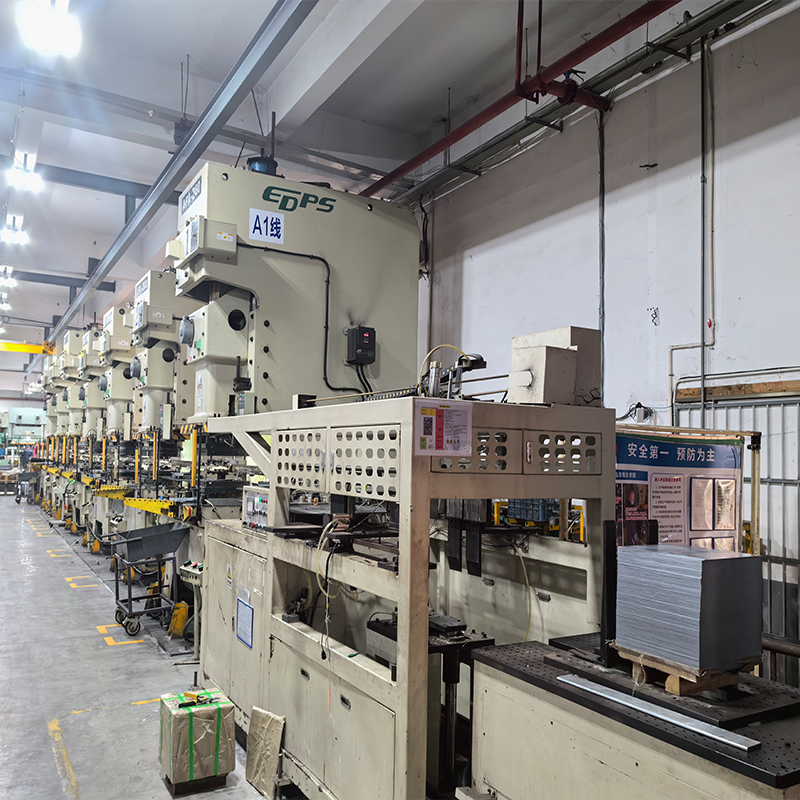
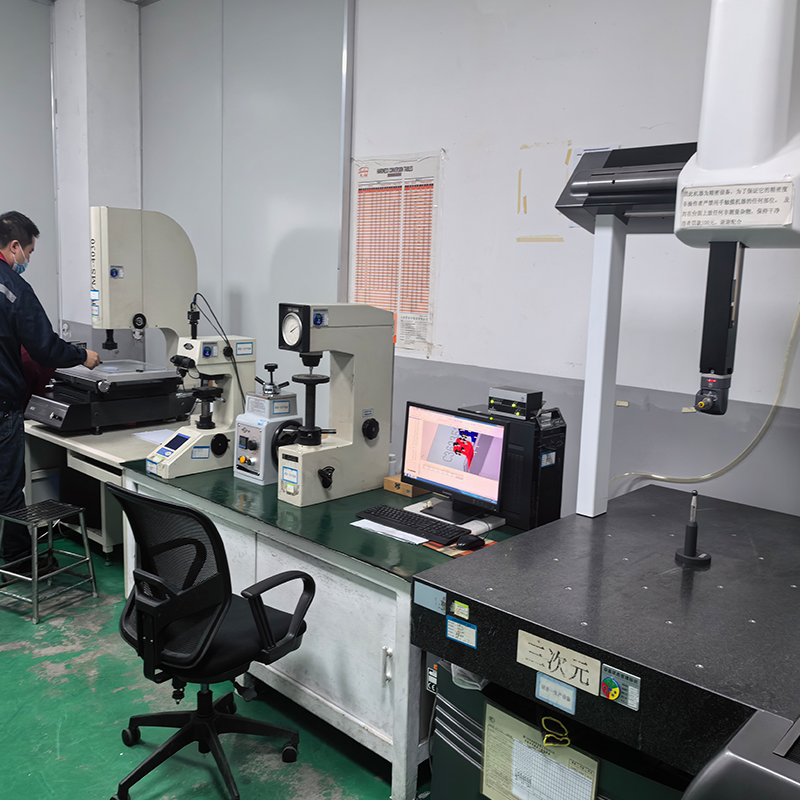

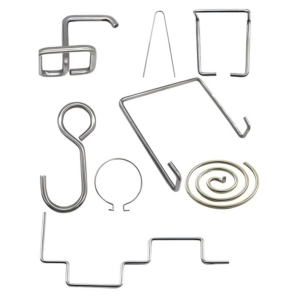
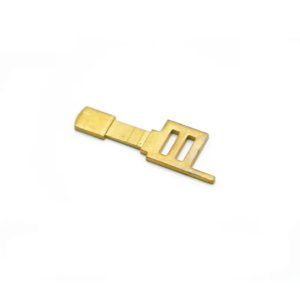


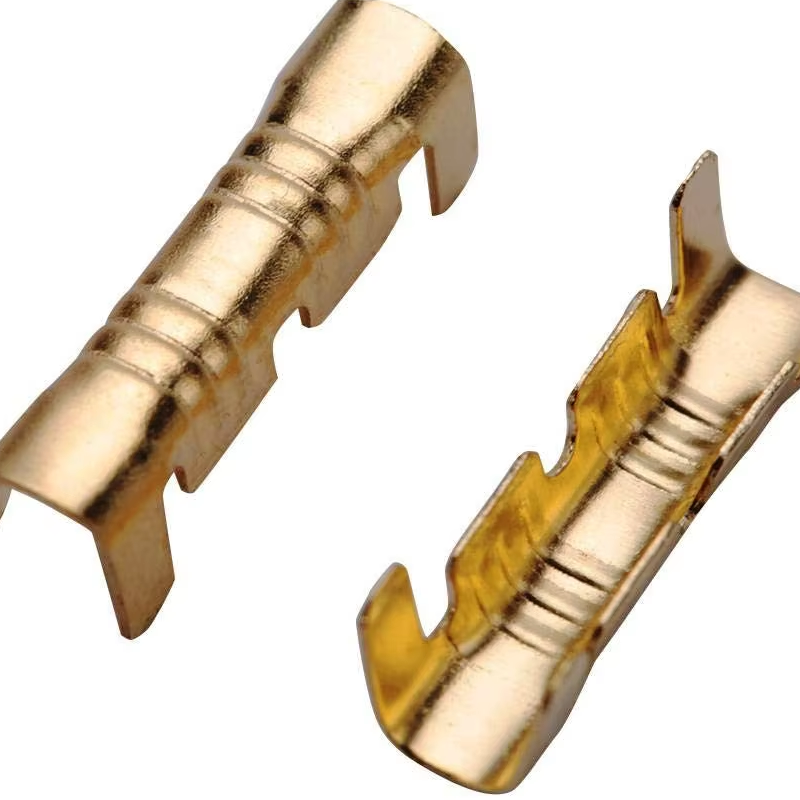

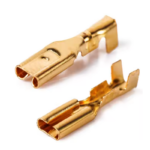
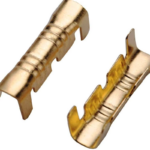

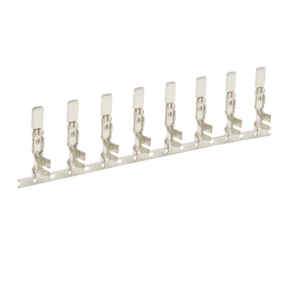
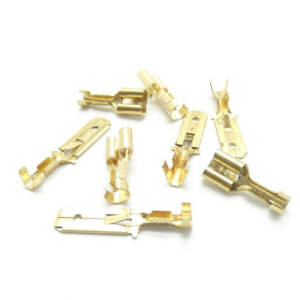



Reviews
There are no reviews yet.